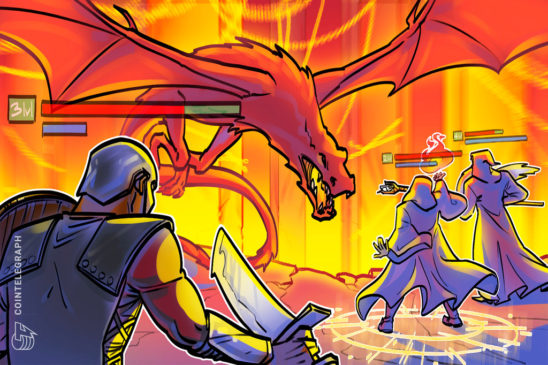Web3 gaming offers several unique features like high transparency and greater control not possible on traditional centralized gaming platforms.
First, Web3 games provide high transparency since peer hosting ensures the players have all information, without a centralized third party limiting or hiding access. These games are effortlessly accessible to gamers. Buying cryptocurrency and setting up a wallet to start playing is simple, even for non-tech-savvy users.
Another important benefit of blockchain-based gaming is that it gives players greater ownership and control over their in-game assets, such as virtual land, currencies and characters. With Web3 technology, players can truly own and trade their digital assets — which can have real-world value — and exercise greater control over their gaming experience.
Web3 gaming creates innovative in-game economies where players are rewarded for gaming skills and simultaneously opens new monetization methods. For instance, in P2E games, players can generate income while playing and earn real money for their in-game achievements, like completing quests. This can create a more resilient and reliable ecosystem for players and developers.
Web3 gaming also ensures greater interoperability between different games and platforms. Players can use their assets in various contexts and settings, and easily transfer or trade them between different games.
Web3 game developers show how a new gaming ecosystem thrives on personalized player experiences, prioritizing immersive, engaging gaming processes with the best incentives for players. The P2E model is a big motivator for many gamers, and games are often designed with the player in mind.
Blockchain provides a way to track the provenance of digital assets. This means that developers and players can easily track the owners of specific assets and transaction history, resulting in greater transparency in the game’s economy.
Web3 gaming allows for digital scarcity, which means that in-game assets can be made unique, rare and valuable. In traditional gaming environments, this is tough to achieve. Developers can print more copies of rare items or give them to players as rewards, which can lead to inflation.
In Web3, game developers can ensure that in-game items are scarce and not subject to inflationary pressure. Items are stored on the blockchain and cannot be replicated or tampered with.


